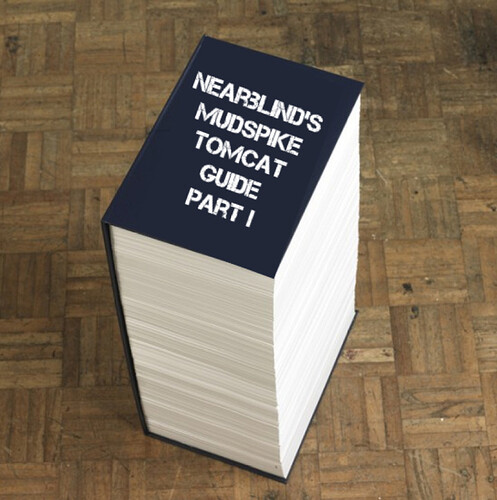More than you’d expect, less than you’d hope.
The AWG-9 has two operational modes: Pulse Doppler and Pulse, and from a user perspective you can almost consider them two separate sets.
Pulse Doppler or PD encompasses your TWS modes, RWS, PD STT and “PD Search”. The first three act more or less like what you might have seen in the F/A-18, F-15, or F-16, just with information displayed a bit different. PD Search is analogous to a radar mode we don’t have yet in the F/A-18 called “Velocity Search”. It can’t tell range, but it can tell you if there is something out there moving at more or less than 0 relative knots out to ludicrous distances.
Pulse encompasses Pulse Search and PSTT. Pulse search is the raw returns of what the radar is seeing, without any filtering for terrain clouds, or whatever. It is closer to what you’d see in an F-4B than what you’d see in an Hornet. PSTT is STT sans any gain filtering, again, analogous to the F-4.
So why the two modes? Well the AWG-9 was developed in the 1960s, and was based off a radar developed in 1955 (the AN/ASG-18). There are a number of complex problems to be solved there, and the way the engineer sat Hughes managed to effect their solution was using HPRF for finding targets at long range, as it puts out large amounts of energy which the receiver can see. The issue is that this large amount of energy can also bounce off things that aren’t dread blobs of soviet bombers: mountains, hills, clouds, cars, birds, and due to the primitive nature of the computers that were responsible for controlling the speed gates which determine what is and is not a valid contact, the AWG-9 can struggle to see targets with lower relative velocity in look down situations, especially over land. HPRF also creates range ambiguities due to the the method by which it functions, these can be filtered out with sekrit blood magic, but those arcane tomes had not yet been discovered.
The solution to this lack of faith in the computers of the time was to add the option to remove the computer from the process and put the radar controls directly in the hands of the RIO. These are the pulse modes. They also use Low PRF, which results in a lower range, but it was hoped would help ameliorate the ambiguous range issue.
It works, sort of. Vaguely speaking pulse doppler works by allowing a computer to start playing with the gain of what your radar sees when it detects a bandit’s aspect changing, it is trying to keep a distinct target blip against the background clutter of the ground. At the time of introduction (1974), it was found that a good RIO could manipulate the gain values faster and with more sensitivity than a contemporary computer could. That is to say a RIO with an AWG-9 could a radar lock more reliably than say, an F-15 with an early APG-63. That combined with TWS was revolutionary and unheard of for the early 70s. Remember the Tomcat was going to be fighting MiG-21s and very early MiG-23s at this point.
However better computers happened, that lead to better radars and better modelling and thus better understanding of the forces at play. Algorithms that handled gain became more effective, new beam shaping techniques were developed, the newer generation of radars became digital and were able to be reprogrammed without having to be physically retrofitted. The AWG-9 still had limitless power but the APG-63 became a much more versatile and reliable radar. There is a reason that when the Navy was looking to replace the AWG-9, they chose a set that was largely derived from a derivative of the APG-63 (as is the APG-73 for that matter).

